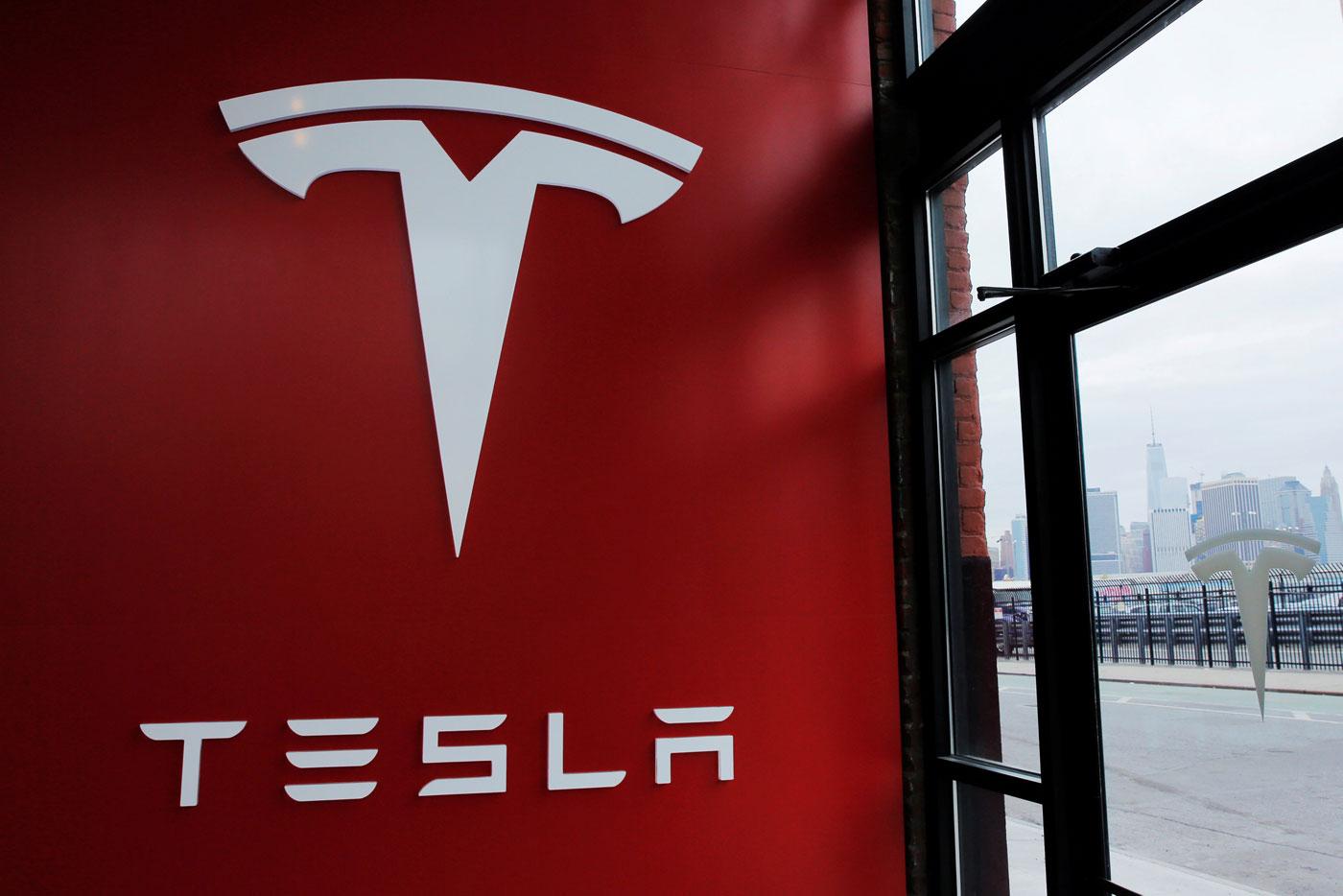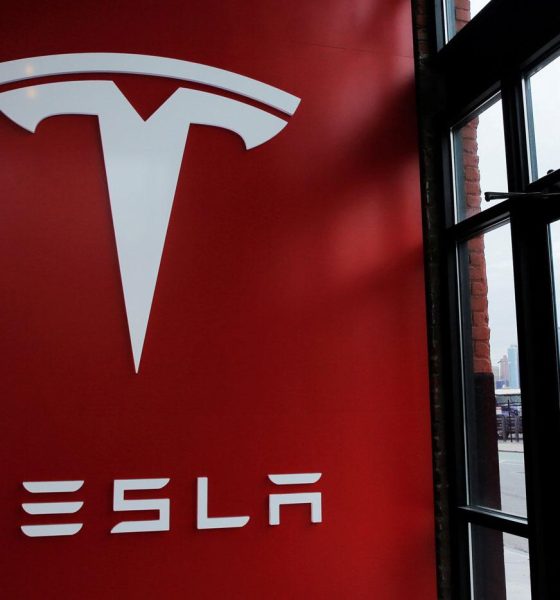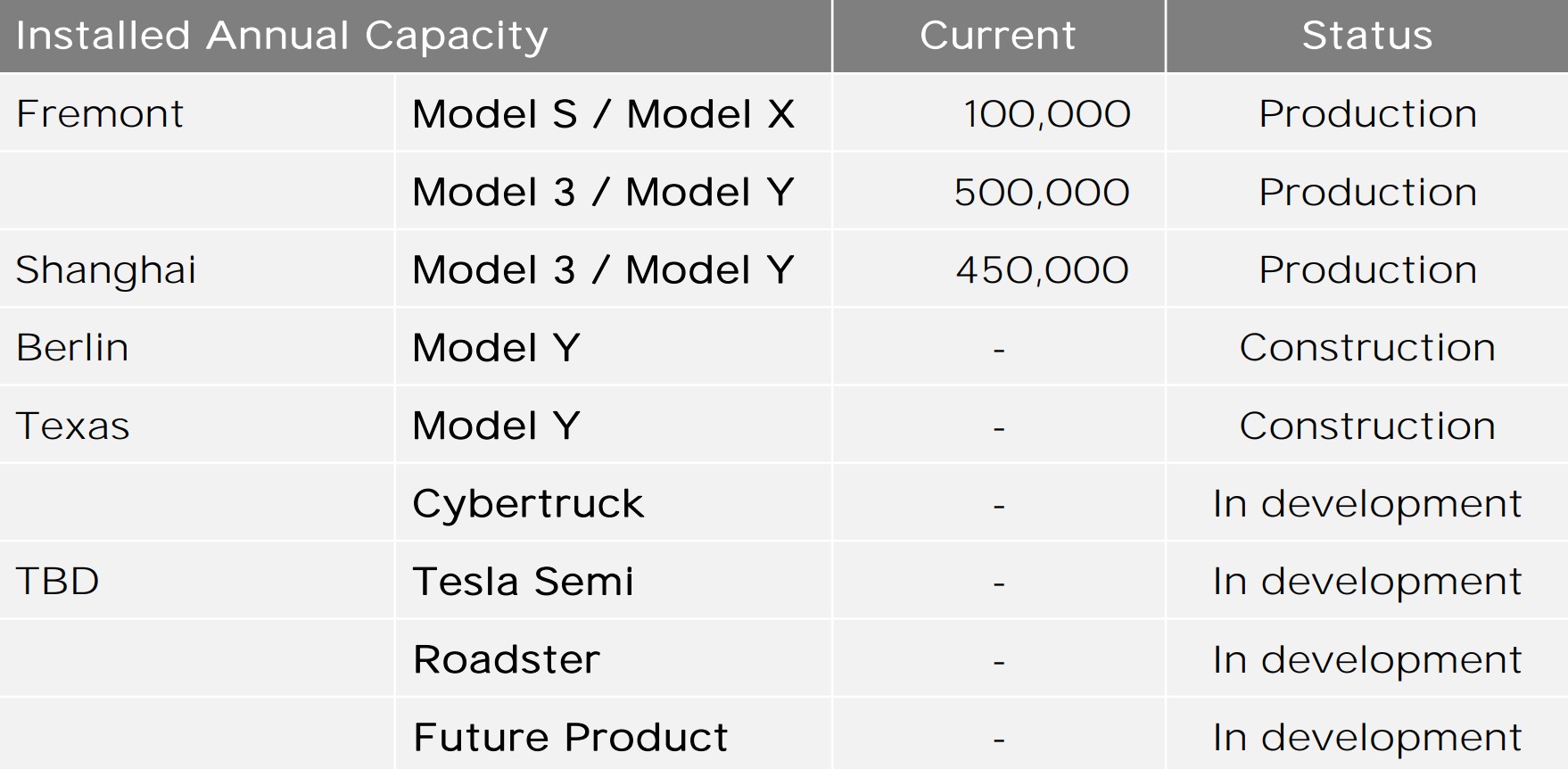

Investor's Corner
Tesla investor who predicted 2020 stock surge unloads shares
Tesla investor Gary Black, a former Bernstein analyst, has decided to offload his Tesla shares after accurately predicting the over 700% surge in the automaker’s stock price in 2020. Black announced this morning that the “absence of clear FY’21 delivery guidance,” and other factors were the reason for his decision.
Black posted a Tweet on Monday morning announcing that he has exited his TSLA positions after being a long-term shareholder since August 2019. In addition to Tesla’s undefined delivery guidance for 2021, “increased odds of a 1Q miss, and a more risky capital allocation policy/higher earnings variability were the primary factors,” he said.
Disclosure: I have exited my $TSLA positions after being long since August 2019. The absence of clear FY’21 delivery guidance, increased odds of a 1Q miss, and a more risky capital allocation policy/higher earnings variability were the primary factors.
— Gary Black (@garyblack00) February 8, 2021
In other tweets, Black explained his distaste of the company’s decision to invest in Bitcoin. “It’s a small risk from a valuation standpoint,” he said. “On the other hand, it adds more volatility to TSLA’s earnings stream, and may highlight a change in risk tolerance within $TSLA.”
I have to think about it and will try to speak with the company. At a $1.5B maximum loss ($1.30/share), it’s a small risk from a valuation standpoint. On the other hand, it adds more volatility to TSLA’s earnings stream, and may highlight a change in risk tolerance within $TSLA.
— Gary Black (@garyblack00) February 8, 2021
Black bought Tesla shares in August 2019 due to the expanding electric vehicle market, and Tesla had proven itself to be the most likely company to dominate the sector. With new vehicles that expanded across different segments, like the Cybertruck, Model Y crossover, and the Semi, along with the company’s expanding focus on battery production and affordability, it seemed like an ideal investment for Black to get involved with. He was right, as 2020 proved to be the company’s biggest year yet. It delivered just shy of 500,000 vehicles, produced over 509,000, and recorded profits in all four quarters.
Walking away with a tasty profit, Black says that he will look for a lower entry point to become a shareholder again. However, the lack of delivery guidance from Tesla during its Q4 2020 Earnings Call was something that didn’t sit well with some investors, Black being one of them.
Tesla is currently in the process of building two new production facilities: One in Germany and one in Texas. While both production plants are set to begin production in mid-2021, Tesla does not have a definitive start date for manufacturing or deliveries for either facility. Therefore, it is difficult for the company to outline an exact production or delivery rate.
The only concrete numbers Tesla offered during the Q4 Earnings session were located in its Shareholder Deck. It outlined Fremont and Giga Shanghai’s production of the Model S, Model 3, Model X, and Model Y, with a combined rate of 1,050,000 cars per year.
Credit: Tesla
But, this does not mean that Tesla will deliver that many cars. The production rate can be looked at as a “best-case scenario,” meaning if there are no production halts, malfunctions in equipment, or revisions to production lines, Tesla would likely produce 1,050,000 cars. Some analysts, like Bill Selesky of Argus, have estimated what Tesla will produce and deliver in 2021. Argus said in a note to investors that it expects Tesla to produce 952,000 cars this year.
Black added more comments regarding the company’s decision to invest in Bitcoin, and wrote:
“I go back to my criticism of $TSLA earnings calls, which already stood out for their vagueness, lack of detail, and non-discussion of strategic priorities. If $TSLA purchased $1.5B in #bitcoin in January, why not share the logic with shareholders on the earnings call?”
2/ I go back to my criticism of $TSLA earnings calls, which already stood out for their vagueness, lack of detail, and non-discussion of strategic priorities. If $TSLA purchased $1.5B in #bitcoin in January, why not share the logic with shareholders on the earnings call?
— Gary Black (@garyblack00) February 8, 2021
Disclosure: Joey Klender is a TSLA shareholder.

Investor's Corner
Tesla Full Self-Driving statistic impresses Wall Street firm: ‘Very close to unsupervised’
The data shows there was a significant jump in miles traveled between interventions as Tesla transitioned drivers to v14.1 back in October. The FSD Community Tracker saw a jump from 441 miles to over 9,200 miles, the most significant improvement in four years.

Tesla Full Self-Driving performance and statistics continue to impress everyone, from retail investors to Wall Street firms. However, one analyst believes Tesla’s driving suite is “very close” to achieving unsupervised self-driving.
On Tuesday, Piper Sandler analyst Alexander Potter said that Tesla’s recent launch of Full Self-Driving version 14 increased the number of miles traveled between interventions by a drastic margin, based on data compiled by a Full Self-Driving Community Tracker.
🚨 Piper Sandler reiterated its Overweight rating and $500 PT on Tesla $TSLA stock
Analyst Alexander Potter said FSD is near full autonomy and latest versions showed the largest improvement in disengagements, from 440 miles to 9,200 miles between critical interventions pic.twitter.com/u4WCLfZcA9
— TESLARATI (@Teslarati) December 9, 2025
The data shows there was a significant jump in miles traveled between interventions as Tesla transitioned drivers to v14.1 back in October. The FSD Community Tracker saw a jump from 441 miles to over 9,200 miles, the most significant improvement in four years.
Interestingly, there was a slight dip in the miles traveled between interventions with the release of v14.2. Piper Sandler said investor interest in FSD has increased.
Full Self-Driving has displayed several improvements with v14, including the introduction of Arrival Options that allow specific parking situations to be chosen by the driver prior to arriving at the destination. Owners can choose from Street Parking, Parking Garages, Parking Lots, Chargers, and Driveways.
Additionally, the overall improvements in performance from v13 have been evident through smoother operation, fewer mistakes during routine operation, and a more refined decision-making process.
Early versions of v14 exhibited stuttering and brake stabbing, but Tesla did a great job of confronting the issue and eliminating it altogether with the release of v14.2.
Tesla CEO Elon Musk also recently stated that the current v14.2 FSD suite is also less restrictive with drivers looking at their phones, which has caused some controversy within the community.
Although we tested it and found there were fewer nudges by the driver monitoring system to push eyes back to the road, we still would not recommend it due to laws and regulations.
Tesla Full Self-Driving v14.2.1 texting and driving: we tested it
With that being said, FSD is improving significantly with each larger rollout, and Musk believes the final piece of the puzzle will be unveiled with FSD v14.3, which could come later this year or early in 2026.
Piper Sandler reaffirmed its $500 price target on Tesla shares, as well as its ‘Overweight’ rating.
Investor's Corner
Tesla gets price target boost, but it’s not all sunshine and rainbows

Tesla received a price target boost from Morgan Stanley, according to a new note on Monday morning, but there is some considerable caution also being communicated over the next year or so.
Morgan Stanley analyst Andrew Percoco took over Tesla coverage for the firm from longtime bull Adam Jonas, who appears to be focusing on embodied AI stocks and no longer automotive.
Percoco took over and immediately adjusted the price target for Tesla from $410 to $425, and changed its rating on shares from ‘Overweight’ to ‘Equal Weight.’
Percoco said he believes Tesla is the leading company in terms of electric vehicles, manufacturing, renewable energy, and real-world AI, so it deserves a premium valuation. However, he admits the high expectations for the company could provide for a “choppy trading environment” for the next year.
He wrote:
“However, high expectations on the latter have brought the stock closer to fair valuation. While it is well understood that Tesla is more than an auto manufacturer, we expect a choppy trading environment for the TSLA shares over the next 12 months, as we see downside to estimates, while the catalysts for its non-auto businesses appear priced at current levels.”
Percoco also added that if market cap hurdles are achieved, Morgan Stanley would reduce its price target by 7 percent.
Perhaps the biggest change with Percoco taking over the analysis for Jonas is how he will determine the value of each individual project. For example, he believes Optimus is worth about $60 per share of equity value.
He went on to describe the potential value of Full Self-Driving, highlighting its importance to the Tesla valuation:
“Full Self Driving (FSD) is the crown jewel of Tesla’s auto business; we believe that its leading-edge personal autonomous driving offering is a real game changer, and will remain a significant competitive advantage over its EV and non-EV peers. As Tesla continues to improve its platform with increased levels of autonomy (i.e., hands-off, eyes-off), it will revolutionize the personal driving experience. It remains to be seen if others will be able to keep pace.”
Additionally, Percoco outlined both bear and bull cases for the stock. He believes $860 per share, “which could be in play in the next 12 months if Tesla manages through the EV-downturn,” while also scaling Robotaxi, executing on unsupervised FSD, and scaling Optimus, is in play for the bull case.
Will Tesla thrive without the EV tax credit? Five reasons why they might
Meanwhile, the bear case is placed at $145 per share, and “assumes greater competition and margin pressure across all business lines, embedding zero value for humanoids, slowing the growth curve for Tesla’s robotaxi fleet to reflect regulatory challenges in scaling a vision-only perception stack, and lowering market share and margin profile for the autos and energy businesses.”
Currently, Tesla shares are trading at around $441.
Investor's Corner
Tesla bear gets blunt with beliefs over company valuation

Tesla bear Michael Burry got blunt with his beliefs over the company’s valuation, which he called “ridiculously overvalued” in a newsletter to subscribers this past weekend.
“Tesla’s market capitalization is ridiculously overvalued today and has been for a good long time,” Burry, who was the inspiration for the movie The Big Short, and was portrayed by Christian Bale.
Burry went on to say, “As an aside, the Elon cult was all-in on electric cars until competition showed up, then all-in on autonomous driving until competition showed up, and now is all-in on robots — until competition shows up.”
Tesla bear Michael Burry ditches bet against $TSLA, says ‘media inflated’ the situation
For a long time, Burry has been skeptical of Tesla, its stock, and its CEO, Elon Musk, even placing a $530 million bet against shares several years ago. Eventually, Burry’s short position extended to other supporters of the company, including ARK Invest.
Tesla has long drawn skepticism from investors and more traditional analysts, who believe its valuation is overblown. However, the company is not traded as a traditional stock, something that other Wall Street firms have recognized.
While many believe the company has some serious pull as an automaker, an identity that helped it reach the valuation it has, Tesla has more than transformed into a robotics, AI, and self-driving play, pulling itself into the realm of some of the most recognizable stocks in tech.
Burry’s Scion Asset Management has put its money where its mouth is against Tesla stock on several occasions, but the firm has not yielded positive results, as shares have increased in value since 2020 by over 115 percent. The firm closed in May.
In 2020, it launched its short position, but by October 2021, it had ditched that position.
Tesla has had a tumultuous year on Wall Street, dipping significantly to around the $220 mark at one point. However, it rebounded significantly in September, climbing back up to the $400 region, as it currently trades at around $430.
It closed at $430.14 on Monday.








